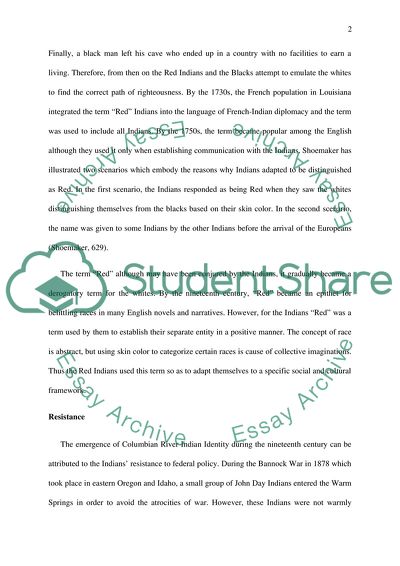Cite this document
(History of American Indians Essay Example | Topics and Well Written Essays - 2000 words, n.d.)
History of American Indians Essay Example | Topics and Well Written Essays - 2000 words. https://studentshare.org/history/1833008-midterm-essay
History of American Indians Essay Example | Topics and Well Written Essays - 2000 words. https://studentshare.org/history/1833008-midterm-essay
(History of American Indians Essay Example | Topics and Well Written Essays - 2000 Words)
History of American Indians Essay Example | Topics and Well Written Essays - 2000 Words. https://studentshare.org/history/1833008-midterm-essay.
History of American Indians Essay Example | Topics and Well Written Essays - 2000 Words. https://studentshare.org/history/1833008-midterm-essay.
“History of American Indians Essay Example | Topics and Well Written Essays - 2000 Words”. https://studentshare.org/history/1833008-midterm-essay.


